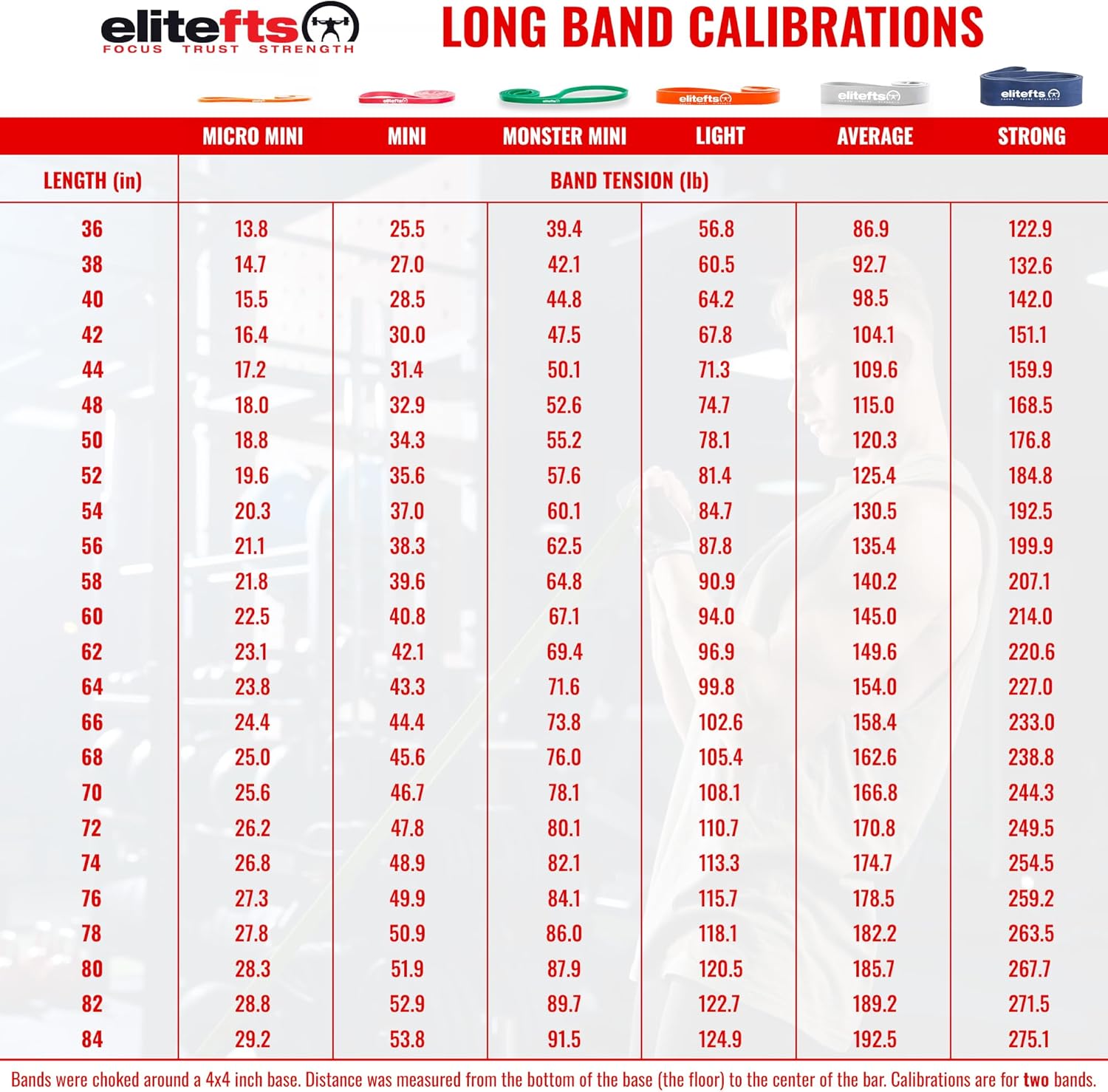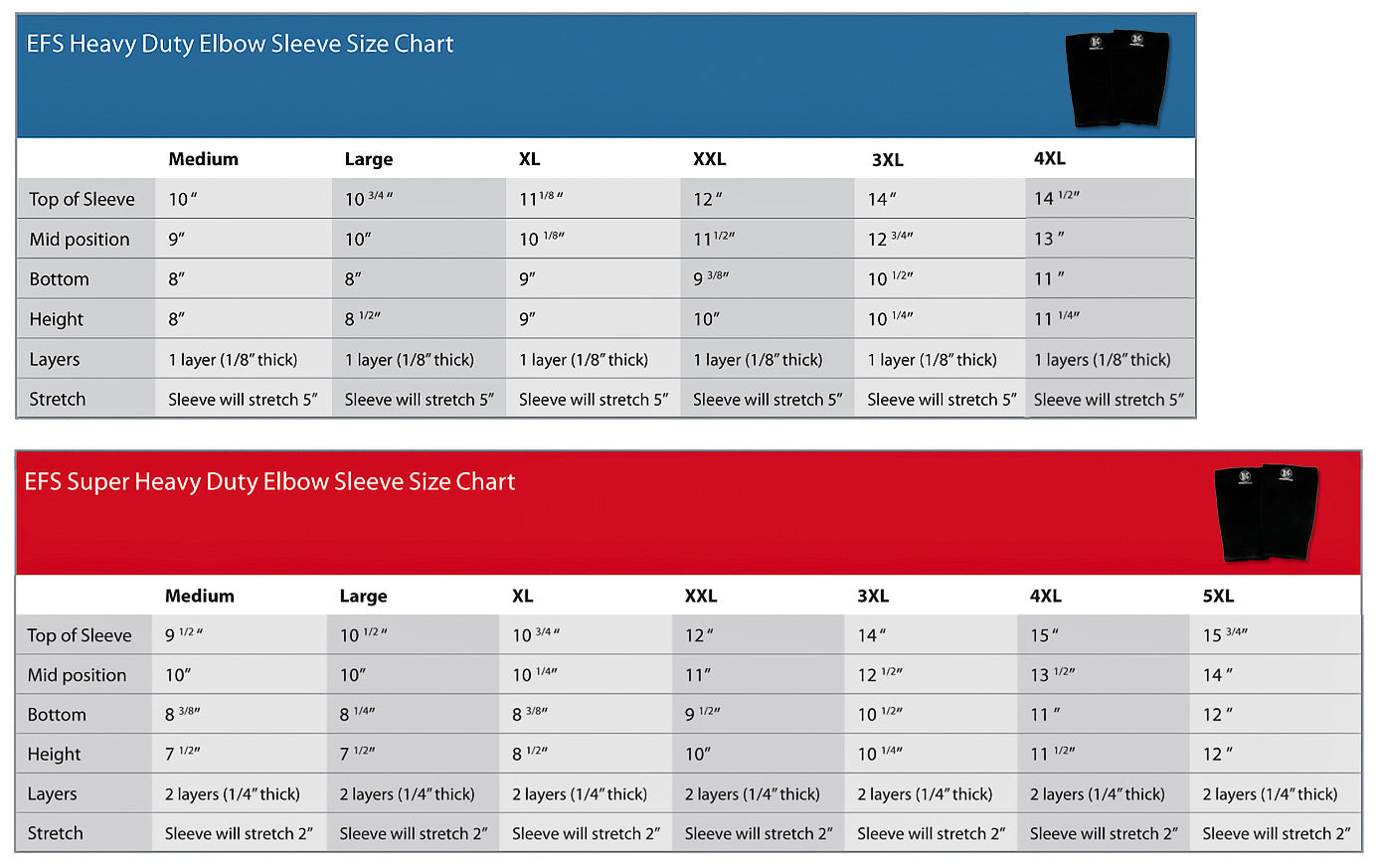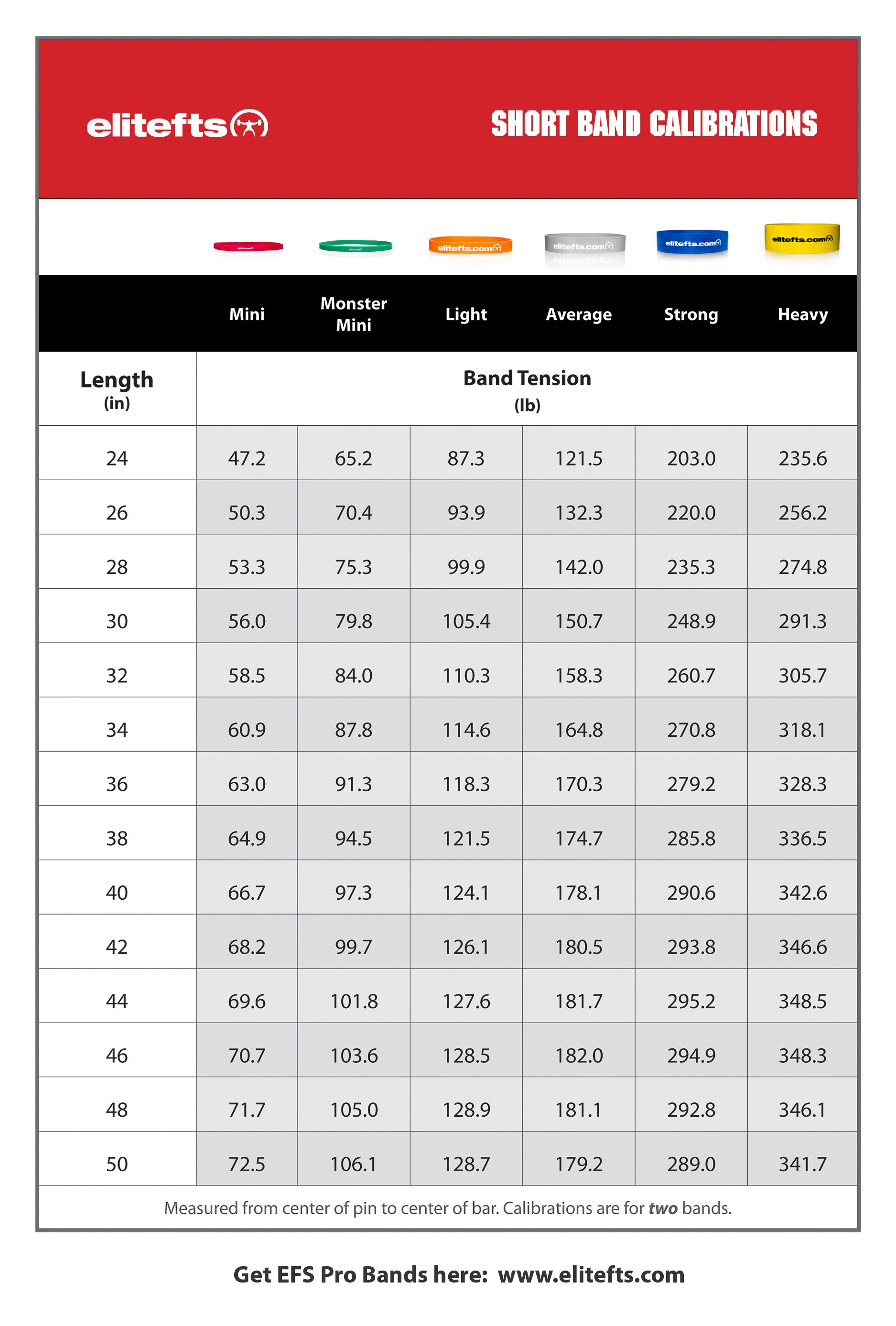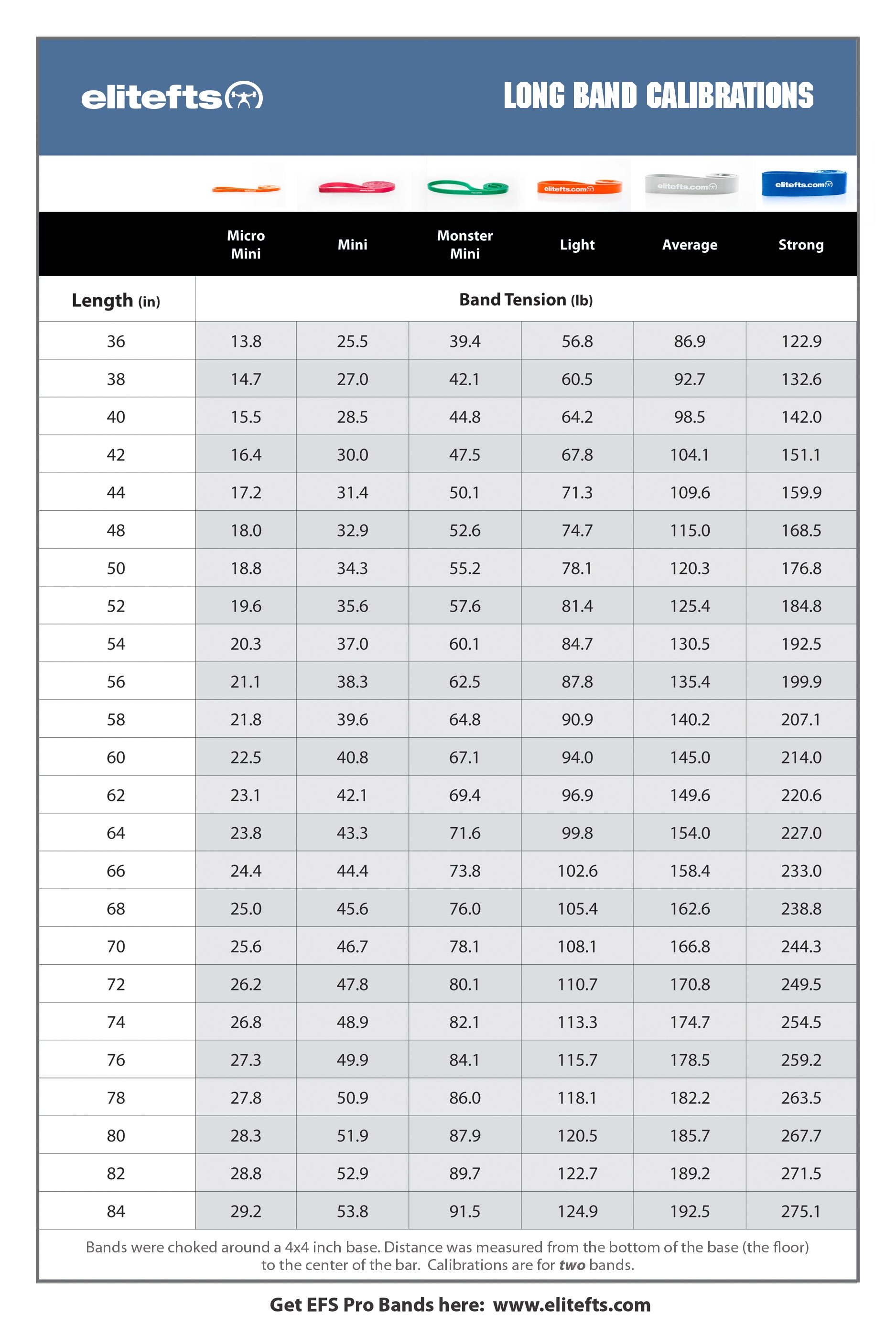Have you ever noticed the first bite of almost any food is the most enjoyable? The second bite is a little less enjoyable, the third a little less, and so on. Soon, we are tired of the pie. That is, until we try another type of pie. This phenomenon is called Sensory-Specific Satiety a.k.a. the Dessert Effect.
Sensory-specific satiety refers to a decrease in pleasure with continuous consumption of the same food or flavor relative to an unconsumed food or flavor (Havermans et al., 2009). Sensory-specific satiety may also be defined as a change in liking for eaten versus uneaten foods or a change in liking for similar foods similar in sensory qualities (taste, smell, texture, flavor, visual appearance) versus comparable foods that differ on these qualities (Remick et al., 2009). Our senses become sated with continuous exposure to the same stimulus, or food in this case. With continuous consumption of the same food we like it a little less with each bite. However, when a new food is introduced there is often a renewal in pleasure. As more of the same food or drink is consumed it is less-liked, and it becomes less-likely that it will be ingested given a choice to consume other foods or drinks (Rolls et al., 1981.).
Hetherington and colleagues (1989) conducted a study to investigate the time course of the changes associated with sensory specific satiety. Subjects rated nine foods on smell, texture, pleasantness of appearance, and taste. Following the rating participants ate as much as they wanted of cheese on a cracker, tomato soup, or of the food as they wanted. After the first course, subjects re-rated the pleasantness of foods at 2, 20, 40, and 60 minutes. Changes in pleasantness occurred rapidly for all foods studied. The magnitude of these changes did not increase over time, thus leading the researchers to conclude sensory specific satiety is related primarily to the sensory properties of the foods not the post absorptive effects of consumption.
Studies have shown that the negative effect of sensory-specific satiety on palatability is a strong predictor of the amount of food consumed subsequently. As an example, Rolls et al. (1981.) conducted an experiment where they assessed the amount of food consumed by participants when given either a new food or the same food in an unexpected second course. The results of the experiment showed that the decrease in liking for the food eaten in the first course was significantly greater than that for foods not eaten.
The research on sensory-specific satiety, briefly reviewed above, demonstrates that a greater variety of foods presented to an individual is associated to both higher palatability ratings and greater food consumption, whether the foods are presented successively or simultaneously, compared to when there is less variety of foods available. Because satiation appears to be specific to the particular sensory properties (taste, smell, texture, temperature, appearance) of a food, if other foods are distinct or discriminant enough, they can renew appetite. Thus, the presence of distinct foods (i.e., variety) can increase intake.
Sensory-specific satiety is rarely discussed in the popular nutrition literature, even though it is important regarding food consumption. Generally, a larger variety of food leads to a larger intake than less variety.
Rolls (1981) has suggested that there is a physiological mechanism in humans that helps ensure that they eat a diet that varies in foods in order to obtain the proper nutrients. This explanation agrees with the idea that omnivores have adapted to eat a variety of foods, in relatively small quantities, in order to minimize possible toxicity and maximize nutrition (consumption of essential nutrients)
References
Havermans, RC., Janseen, T., Giesen, J., Roefs, A., & Jansen, A. (2009). Food liking, food wanting, and sensory-specific satiety. Appetite, 52 (1), 222-225.
Hetherington, M. M., & Rolls, BJ. (1996). Sensory Specific Satiety: theoretical frameworks and central characteristics. In Capaldi, E. D. (ed.). Why We Eat What We Eat: The Psychology of Eating. American Psychological Association, Washington, DC, 267-290.
Remick, AK., Polivy, J., & Pliner, P. (2009). Internal and External Moderators of the Effect of Variety on Food Intake. Psychological Bulletin, 135(3), 434-451.
Rolls, BJ., Rolls, ET., Rowe, EA., & Sweeney, K. (1981). Sensory Specific Satiety in man. Physiology and Behavior, 27, 137-142.












































































































